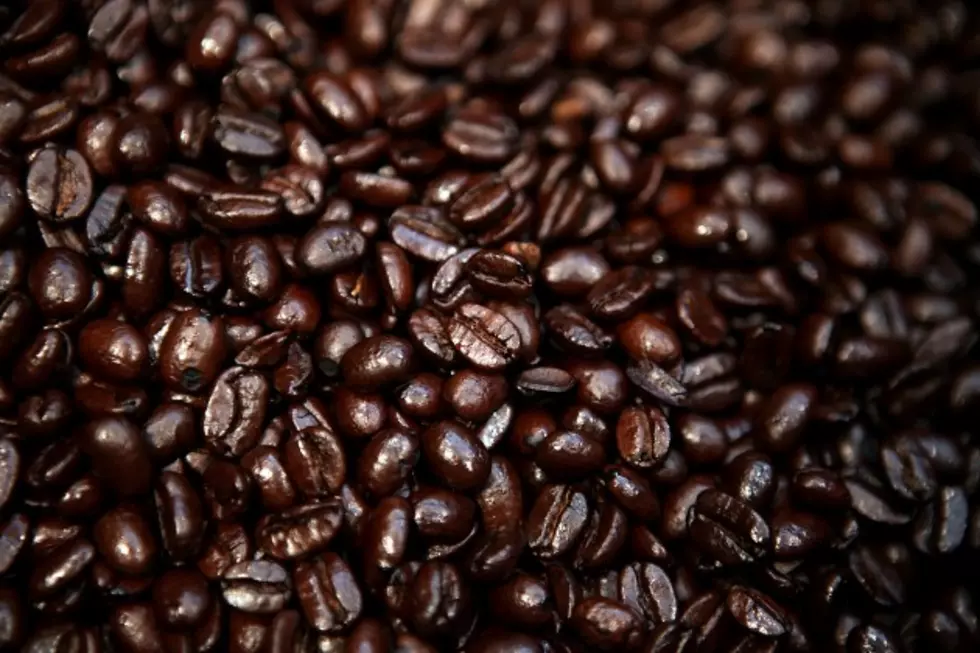
America’s Addiction to Coffee is Leading to Caffeine Pollution
I'm just as guilty as anyone - enjoying a midday super extra grande coffee partially because it's habitual and also because I need a little pick-me-up to keep going in this ever-busy world we all live in. This habit of mine and millions of others around the country may be leading to a new kind of pollution - Caffeine pollution.
So, what the heck is caffeine pollution? Where does it come from? Why does it matter?
Caffeine pollution is pretty much what it sounds like. It's an introduction of caffeine to the environment where there was none before. The prime contributor behind caffeine pollution is excess caffeine not absorbed by humans passing into sanitary systems and making its way into waterways.
America's coffee epicenter, the Pacific Northwest, is seeing a strong concentration of caffeine pollution. There are vast expanses of the Pacific Ocean where caffeine concentrations are causing areas to be considered "highly polluted" by scientists studying the issue.
Researchers are saying they are unsure of the impact of caffeine in natural water systems, stating they fear unexpected consequences in plant and animal populations as well as in humans. This isn't the only pollution of this type, however. Among many other things being introduced into water systems are hormones like estrogen. Women taking hormone-based birth control pass larger than normal amounts of hormones out of their bodies, causing similar concerns.
As of right now, it is something being studied and monitored; with no known potential impact. Beside being exposed to jittery and overly-peppy people, I didn't think coffee could have any other environmental effects. I guess we'll have to stay tuned to see if there is cause for concern.
More From MIX 108









